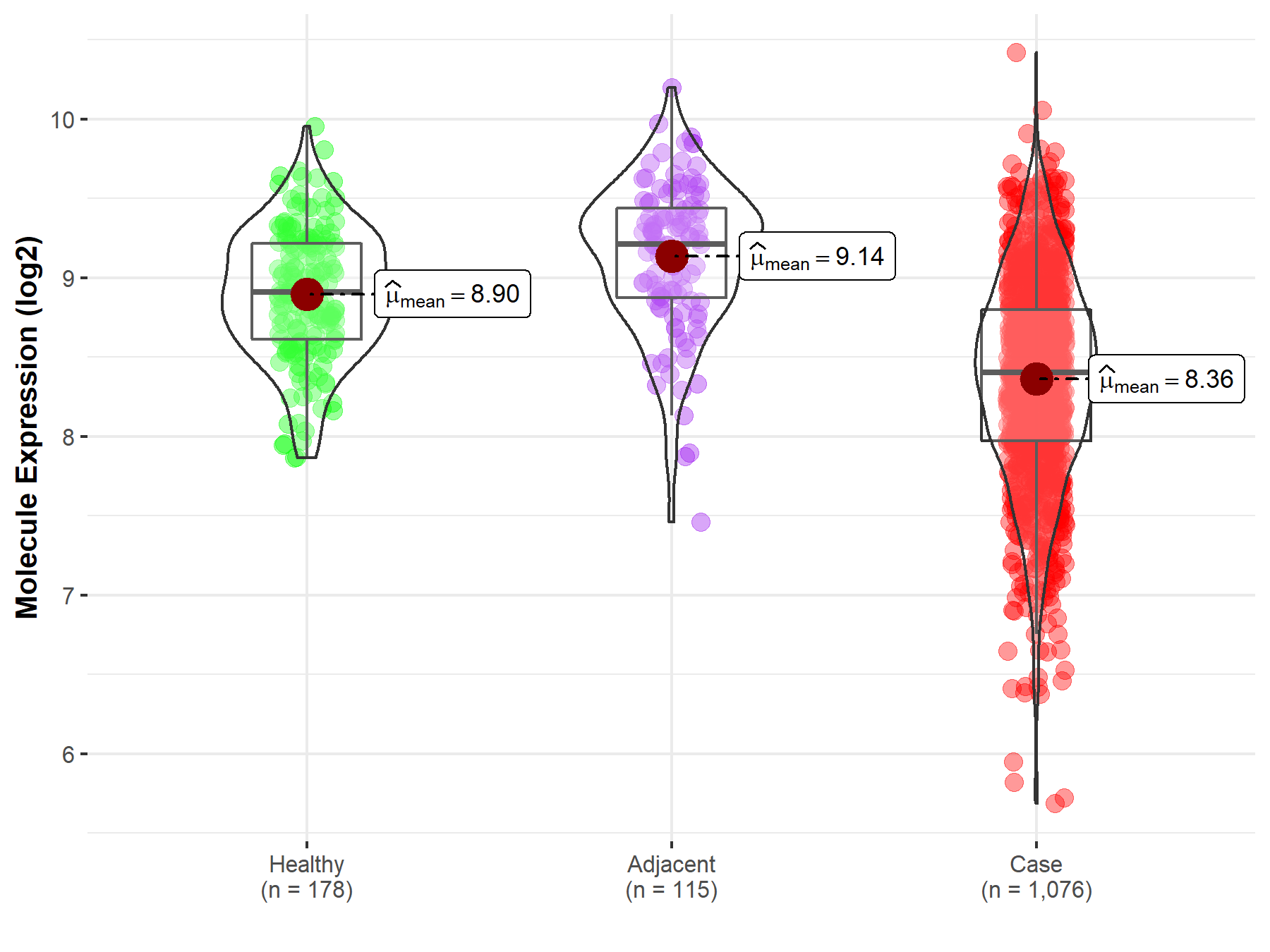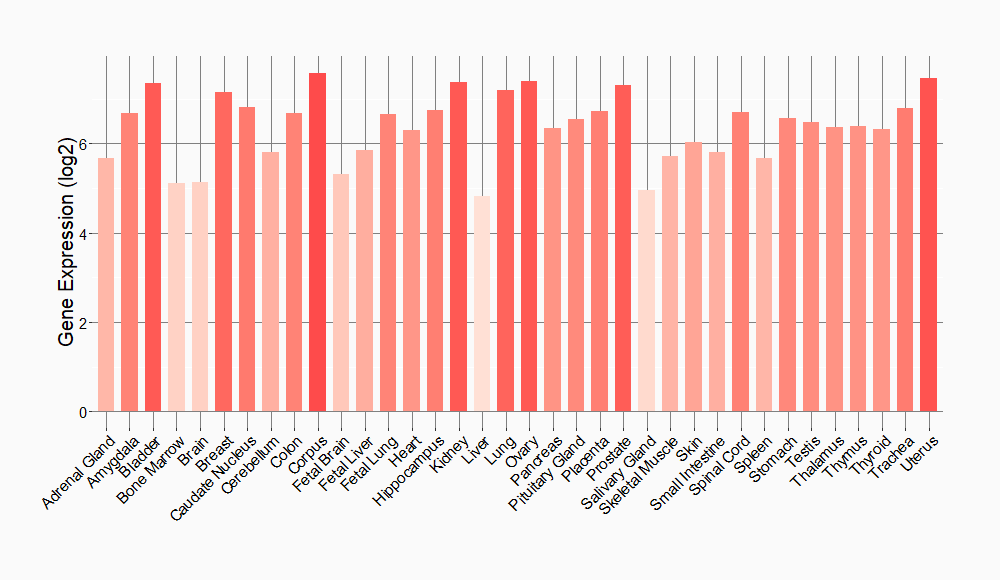Molecule Information
General Information of the Molecule (ID: Mol00564)
| Name |
Polycystin-2 (PKD2)
,Homo sapiens
|
||||
|---|---|---|---|---|---|
| Synonyms |
PC2; Autosomal dominant polycystic kidney disease type II protein; Polycystic kidney disease 2 protein; Polycystwin; R48321; Transient receptor potential cation channel subfamily P member 2; TRPP2
Click to Show/Hide
|
||||
| Molecule Type |
Protein
|
||||
| Gene Name |
PKD2
|
||||
| Gene ID | |||||
| Location |
chr4:88007635-88077777[+]
|
||||
| Sequence |
MVNSSRVQPQQPGDAKRPPAPRAPDPGRLMAGCAAVGASLAAPGGLCEQRGLEIEMQRIR
QAAARDPPAGAAASPSPPLSSCSRQAWSRDNPGFEAEEEEEEVEGEEGGMVVEMDVEWRP GSRRSAASSAVSSVGARSRGLGGYHGAGHPSGRRRRREDQGPPCPSPVGGGDPLHRHLPL EGQPPRVAWAERLVRGLRGLWGTRLMEESSTNREKYLKSVLRELVTYLLFLIVLCILTYG MMSSNVYYYTRMMSQLFLDTPVSKTEKTNFKTLSSMEDFWKFTEGSLLDGLYWKMQPSNQ TEADNRSFIFYENLLLGVPRIRQLRVRNGSCSIPQDLRDEIKECYDVYSVSSEDRAPFGP RNGTAWIYTSEKDLNGSSHWGIIATYSGAGYYLDLSRTREETAAQVASLKKNVWLDRGTR ATFIDFSVYNANINLFCVVRLLVEFPATGGVIPSWQFQPLKLIRYVTTFDFFLAACEIIF CFFIFYYVVEEILEIRIHKLHYFRSFWNCLDVVIVVLSVVAIGINIYRTSNVEVLLQFLE DQNTFPNFEHLAYWQIQFNNIAAVTVFFVWIKLFKFINFNRTMSQLSTTMSRCAKDLFGF AIMFFIIFLAYAQLAYLVFGTQVDDFSTFQECIFTQFRIILGDINFAEIEEANRVLGPIY FTTFVFFMFFILLNMFLAIINDTYSEVKSDLAQQKAEMELSDLIRKGYHKALVKLKLKKN TVDDISESLRQGGGKLNFDELRQDLKGKGHTDAEIEAIFTKYDQDGDQELTEHEHQQMRD DLEKEREDLDLDHSSLPRPMSSRSFPRSLDDSEEDDDEDSGHSSRRRGSISSGVSYEEFQ VLVRRVDRMEHSIGSIVSKIDAVIVKLEIMERAKLKRREVLGRLLDGVAEDERLGRDSEI HREQMERLVREELERWESDDAASQISHGLGTPVGLNGQPRPRSSRPSSSQSTEGMEGAGG NGSSNVHV Click to Show/Hide
|
||||
| Function |
Component of a heteromeric calcium-permeable ion channel formed by PKD1 and PKD2 that is activated by interaction between PKD1 and a Wnt family member, such as WNT3A and WNT9B. Can also form a functional, homotetrameric ion channel. Functions as a cation channel involved in fluid-flow mechanosensation by the primary cilium in renal epithelium. Functions as outward-rectifying K(+) channel, but is also permeable to Ca(2+), and to a much lesser degree also to Na(+). May contribute to the release of Ca(2+) stores from the endoplasmic reticulum. Together with TRPV4, forms mechano- and thermosensitive channels in cilium. PKD1 and PKD2 may function through a common signaling pathway that is necessary to maintain the normal, differentiated state of renal tubule cells. Acts as a regulator of cilium length, together with PKD1. The dynamic control of cilium length is essential in the regulation of mechanotransductive signaling. The cilium length response creates a negative feedback loop whereby fluid shear-mediated deflection of the primary cilium, which decreases intracellular cAMP, leads to cilium shortening and thus decreases flow-induced signaling. Also involved in left-right axis specification via its role in sensing nodal flow; forms a complex with PKD1L1 in cilia to facilitate flow detection in left-right patterning. Detection of asymmetric nodal flow gives rise to a Ca(2+) signal that is required for normal, asymmetric expression of genes involved in the specification of body left-right laterality.
Click to Show/Hide
|
||||
| Uniprot ID | |||||
| Ensembl ID | |||||
| HGNC ID | |||||
| Click to Show/Hide the Complete Species Lineage | |||||
Type(s) of Resistant Mechanism of This Molecule
Drug Resistance Data Categorized by Drug
Approved Drug(s)
1 drug(s) in total
| Drug Resistance Data Categorized by Their Corresponding Mechanisms | ||||
|
|
||||
| Disease Class: Non-small cell lung cancer | [1] | |||
| Resistant Disease | Non-small cell lung cancer [ICD-11: 2C25.Y] | |||
| Resistant Drug | Cisplatin | |||
| Molecule Alteration | Expression | Up-regulation |
||
| Experimental Note | Revealed Based on the Cell Line Data | |||
| In Vitro Model | A549 cells | Lung | Homo sapiens (Human) | CVCL_0023 |
| A549/DDP cells | Lung | Homo sapiens (Human) | CVCL_0023 | |
| Experiment for Molecule Alteration |
Western blot analysis; Luciferase reporter assay; Immunohistochemistry assay | |||
| Experiment for Drug Resistance |
CCK8 assay; Flow cytometric analysis | |||
| Mechanism Description | miR106b-5p enhanced the sensitivity of A549/DDP cells to cisplatin by targeting the expression of PkD2. | |||
Disease- and Tissue-specific Abundances of This Molecule
ICD Disease Classification 02

| Differential expression of molecule in resistant diseases | ||
| The Studied Tissue | Lung | |
| The Specified Disease | Lung cancer | |
| The Expression Level of Disease Section Compare with the Healthy Individual Tissue | p-value: 4.43E-38; Fold-change: -5.06E-01; Z-score: -1.23E+00 | |
| The Expression Level of Disease Section Compare with the Adjacent Tissue | p-value: 3.87E-36; Fold-change: -8.11E-01; Z-score: -1.75E+00 | |
|
Molecule expression in the normal tissue adjacent to the diseased tissue of patients
Molecule expression in the diseased tissue of patients
Molecule expression in the normal tissue of healthy individuals
|
||
| Disease-specific Molecule Abundances |

|
Click to View the Clearer Original Diagram |
Tissue-specific Molecule Abundances in Healthy Individuals


|
||
References
visits since 2022
If you find any error in data or bug in web service, please kindly report it to Dr. Sun and Dr. Zhang.
